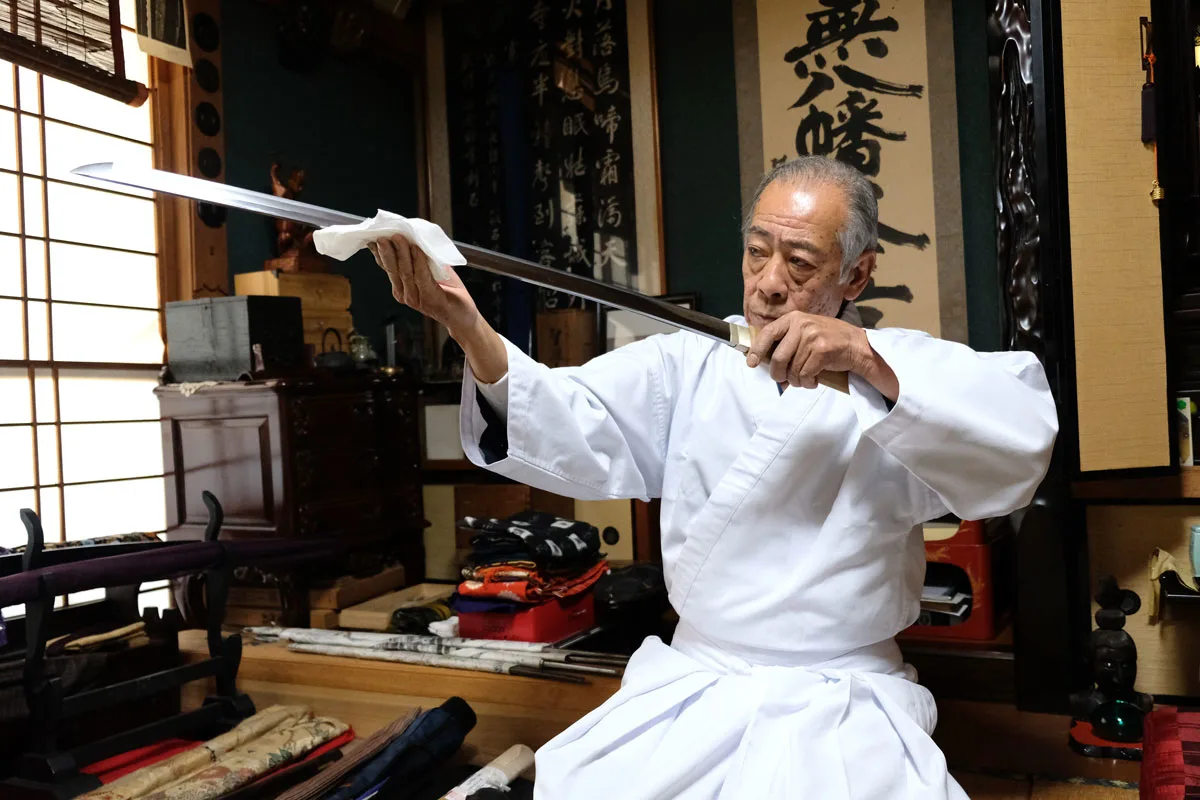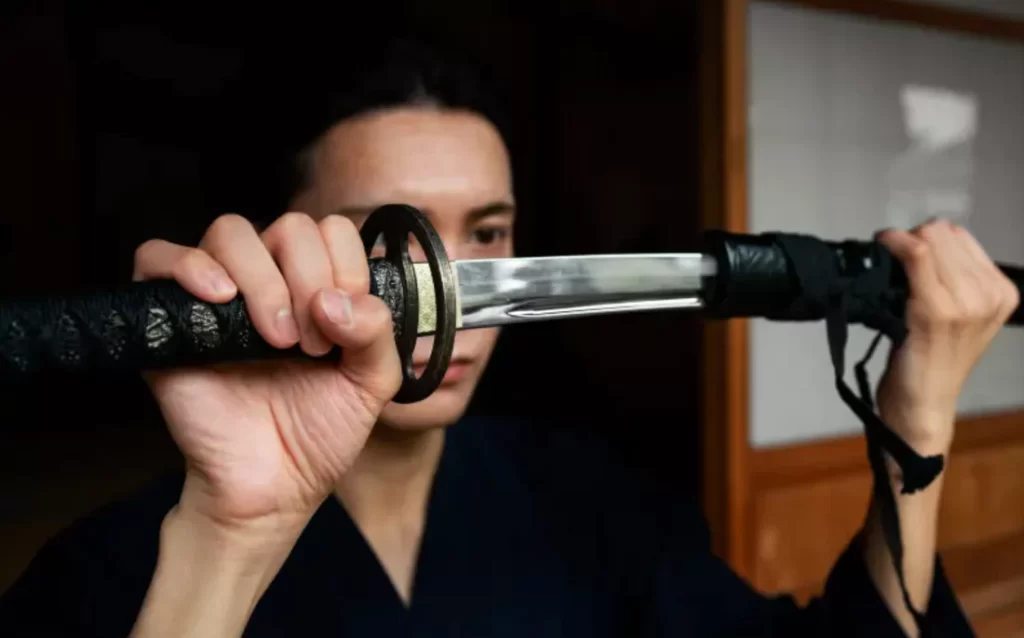Learning
Art of Japanese Sword Making and Its Influence on Modern Design

Japanese sword making, known as “katanakaji,” is a centuries-old craft that has transcended its martial origins to influence various aspects of modern design. Revered for their beauty and craftsmanship, Japanese swords, particularly the katana, embody a combination of functionality, artistry, and spiritual significance.
This article explores the intricate process of Japanese sword making and its profound impact on contemporary design across different fields.
Historical Context
Origins and Evolution
The history of Japanese sword making stretches back over a millennium, with the earliest swords dating to the Kofun period (250-538 AD). Initially influenced by Chinese and Korean sword designs, Japanese swordsmiths eventually developed distinct styles suited to the local warfare and aesthetic tastes.
The Samurai and Bushido
The rise of the samurai warrior class in the feudal era saw the sword become more than a weapon; it was a symbol of the warrior’s soul. The katana, with its distinctive curved blade, became synonymous with the values of Bushido, the samurai code of honor, which emphasized virtues such as loyalty, honor, and discipline.
The Sword Making Process
Tamahagane: The Heart of the Sword
The process begins with the creation of tamahagane, a type of steel made from iron sand smelted in a traditional clay furnace called a tatara. This smelting process, which can take up to a week, involves layering charcoal and iron sand, and managing temperatures that reach up to 1,500 degrees Celsius.
Forging and Folding
The tamahagane is then broken into small pieces and sorted by carbon content. The swordsmith carefully selects and forges these pieces, folding and hammering them to create a blade with thousands of layers. This folding process, known as “orikaeshi-tanren,” removes impurities and ensures an even distribution of carbon, which is crucial for the blade’s strength and flexibility.
Shaping the Blade
Once the basic shape of the sword is forged, it undergoes a process of shaping and refining called “sunobe.” The smith hammers the blade to its final shape, taking care to maintain a perfect balance between the spine’s curvature and the edge’s sharpness.
Hardening the Edge
The most critical stage in sword making is the heat treatment or “yaki-ire.” The smith applies a mixture of clay, charcoal powder, and water to the blade. The edge of the blade is coated with a thinner layer than the spine, creating a differential hardening effect upon quenching. This gives the katana blade its legendary hardness and a unique hamon line – a visual testament to the swordsmith’s skill.
Polishing and Sharpening
A specialized polisher, called a “togishi,” then takes over to grind and polish the blade through a series of increasingly fine stones. This process can take weeks to complete, revealing the sword’s beauty and lethal sharpness.
Fittings and Aesthetics
The final step is the creation of the sword’s fittings – the tsuba (hand guard), tsuka (handle), and saya (scabbard). These elements are often works of art in themselves, crafted by artisans who specialize in woodwork, lacquering, and metalwork, often inlaid with gold, silver, or intricate carvings.
Impact on Modern Design
Minimalism and Functionality
Japanese sword making has heavily influenced the minimalist aesthetic in modern design. The philosophy of “less is more” is evident in the clean lines and functional beauty of the katana. Product designers, architects, and even technology firms often draw on these principles to create designs that are both efficient and visually appealing.
Material Innovation
The forging techniques that produce tamahagane have inspired modern metallurgy and materials engineering. Today’s high-carbon steels and advanced alloys owe a debt to the centuries-old processes of differential hardening and steel folding.
Process and Perfectionism
The meticulous process of sword making, where every step is crucial to the final outcome, has inspired a culture of perfectionism in Japanese manufacturing and design. This attention to detail is evident in industries ranging from automotive to electronics, where precision and quality control are paramount.
Aesthetic Influences
The visual aspects of the katana, such as the hamon line and the elegant simplicity of the sword fittings, have found their way into various design fields, from fashion to graphic design. The integration of functional and decorative elements in sword fittings reflects a design philosophy where every detail has both a purpose and an aesthetic value.
Spirituality and Branding
The spiritual aspect of the Japanese sword, as an extension of the soul, resonates in modern branding and design. Companies often seek to infuse their products with a sense of identity and purpose that goes beyond mere functionality, aiming to create an emotional connection with the user, much like the bond between a samurai and their sword.
Conclusion
Japanese sword making is an art form that has left an indelible mark on modern design. The fusion of function, form, and philosophy seen in the katana has become a touchstone for designers across the globe.
In a world where the boundaries between technology, art, and spirituality increasingly blur, the legacy of the Japanese sword serves as a guidepost for creating objects that are not only effective but also inspiring and soulful.
As we continue to evolve and adapt our design sensibilities, the principles encapsulated in the ancient craft of katanakaji remain as relevant as ever, teaching us that true beauty often lies in the marriage of tradition and innovation.



























